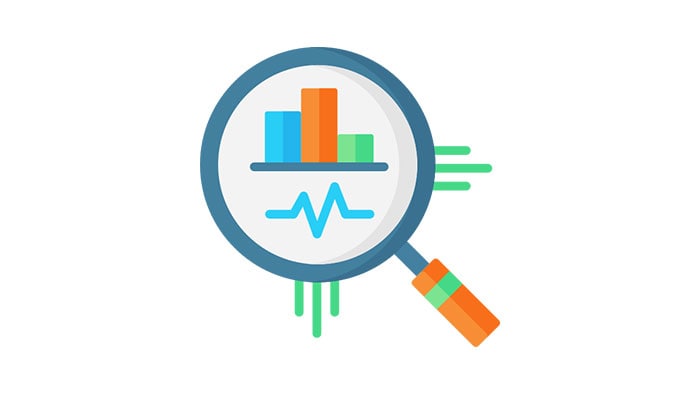At a glance
- Data and information come in different forms, depending on the problem at hand.
- Youth Advisory Councils (YACs) can use available data to identify projects and guide decisions.
- Members can ask an expert to help determine which data to use, or to make sense of the data.

Data resources to guide decision-making
Members can ask an expert to help: determine which data to use, or make sense of the data.
Data sources
- Results and findings from CDC's Youth Risk Behavior Surveillance System.
- Data from CDC's School Health Profiles.
- School data reported by local schools and districts, such as academic achievement, attendance, enrollment, and school climate.
- Other examples of school or district data: self-reported information from students, parents, and teachers on their health or experiences.
- Federal research, reports, or publications about an existing issue—or possible solutions—from the National Center for Education Statistics.
- Reports, findings, briefs, and other materials from nonpolitical advocacy organizations or research institutions.
- Publications and research findings from community-based and national organizations (such as GLSEN).
- Various state websites, such as data from Georgia's Office of Student Achievement and the Illinois Report Card.
- Data from the U.S. Census Bureau.
- Federal resources that list evidence-based programs.
- Data from public health departments—such as Community Health Profiles and Reports from the Houston Health Department, or Health Data and Reports from the Chicago Department of Public Health.
Success story
Statewide youth advisory boards make data-informed policy decisions
For the Pennsylvania Youth Advisory Board, data are at the core of its work. The Board includes current and former youth from the child welfare system aged 16–21 years.
Goals
- Create positive changes in the child welfare system.
- Raise awareness about issues for youth in the foster program.
- Organizes community service events.
How they use data
Before enacting any new project, the Board:
- Uses data to assess the issue and the community's needs.
- Analyzes the data to inform policies.
- Achieve the community's desired outcomes.
In conclusion
The Board used data when deciding to support an effort to:
- Foster connections in order to increase adoptions.
- Improve outcomes for children in the state's foster care.
- Improve incentives for adoption, among other measures.
